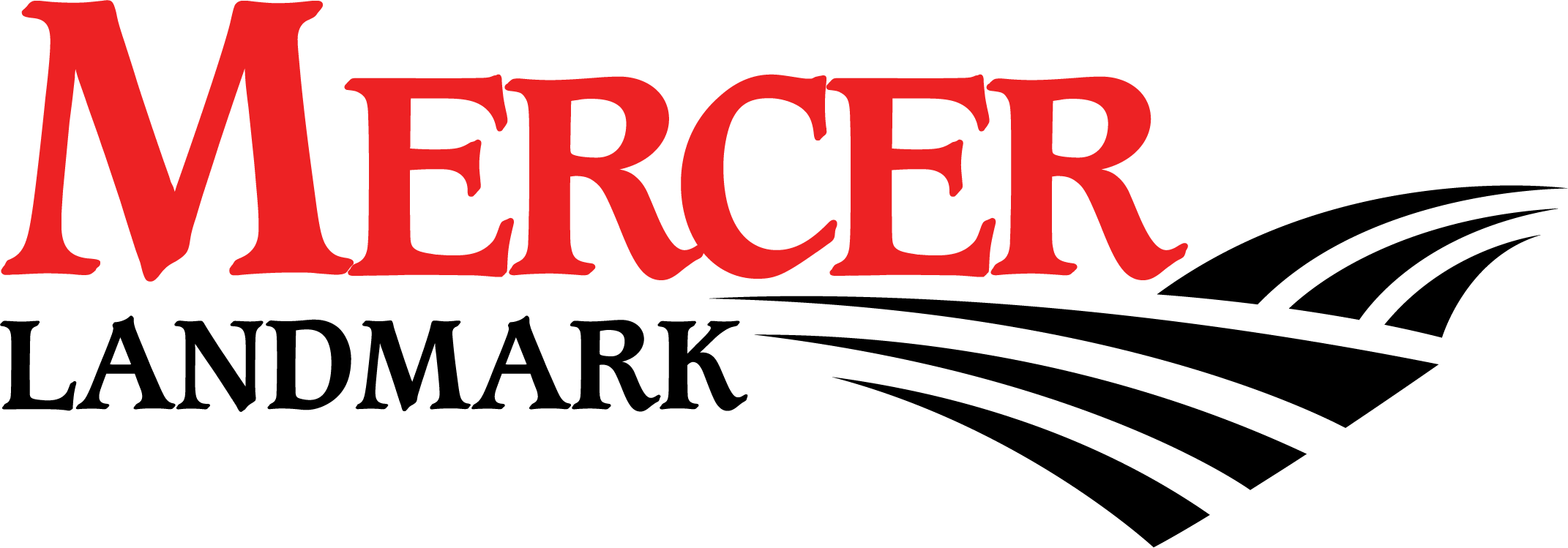Planning for your fall nutrient application can yield many benefits. Below we’re outlining a few of our favorite tips to ensure your nutrient application goes according to plan this upcoming season.
1. Review Current Soil and Tissue Tests
Do you have current soil tests? Without testing, it’s just guessing. Soil and tissue tests are essential in determining nutrient needs. Soil tests are the best predictor of when a nutrient application will provide a positive ROI. Tissue tests can give insight into previous applications and their effectiveness at meeting plant nutrient demands. After review of current, be sure to schedule any field that need updated soil or tissue tests.
2. Review Previous Applications and Crop Rotation
Were there changes to the original crop rotation plan or previous nutrient applications that need to be accounted for? The nutrient demands of a corn to soybean rotation differ from that of soybeans back to soybeans. Deviations from planned crop rotations and their impact on nutrient usage should be considered. Often, manure contains enough nutrients for multiple crop years. Ensure manure nutrient credits are completely used before re-applying more nutrients.
3. Examine Yield Goals and Adjust as Needed
Did you greatly exceed or fall short of your projected yield in past years? If so, adjustments may be necessary. Examine yield goals and ensure they are on target with your APH yields. For growers in government programs following the NRCS 590 standard, the average of two or more years of field yield data plus 10% is the maximum allowed.
4. Ensure Appropriate Credits are Being Taken
Will you be changing your corn starter program in 2023? If so, make sure to use the appropriate credit when generating your application plan. Are you planning on applying manure? In that case, make sure you have a manure analysis completed. Manure nutrient content varies greatly depending on a variety of factors.
5. Select Nutrient Sources and Secure Product
Evaluate the sources based on the crops’ demands and relative pricing. Alternative nutrient sources, such as chicken litter, are only of good value if the nutrients are required. To assess the total product needs, investigate further into your nutrient application plans. Securing a product and pricing prior to the start of the season is beneficial.
6. Review 2023 Crop Plan and Budget
Do the application plan rates line up with the 2023 crop budget? To compare, review your 2023 crop budget projections for the coming year. In addition, looking at nutrient prices relative to percentage of Gross Revenue or per bushel produced can be helpful.
